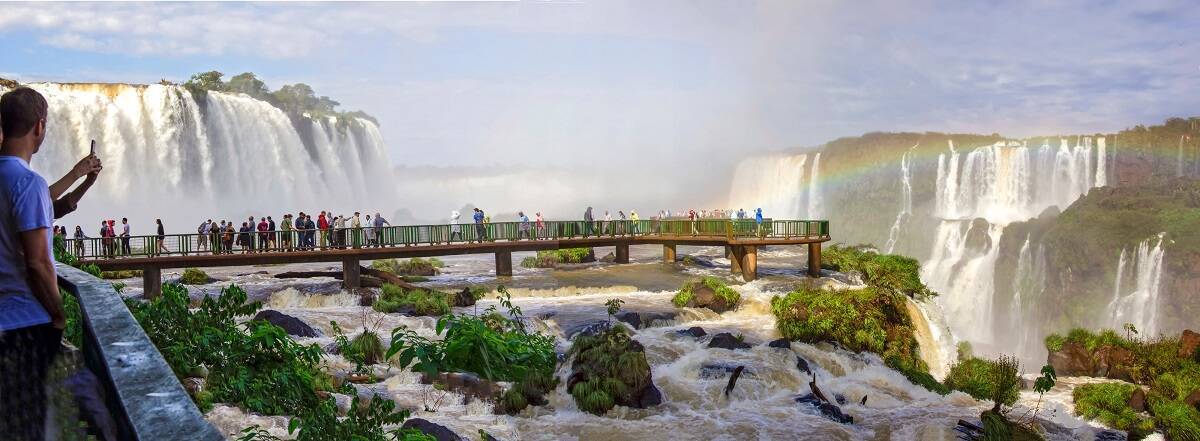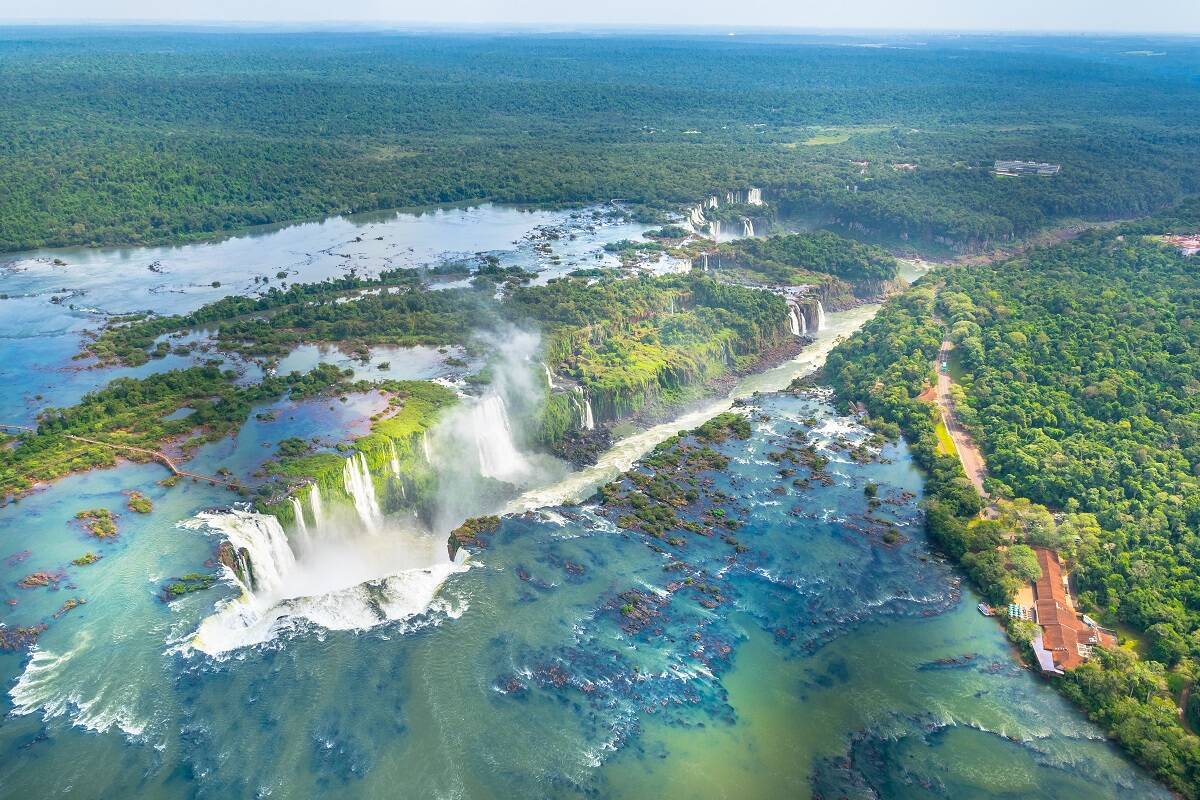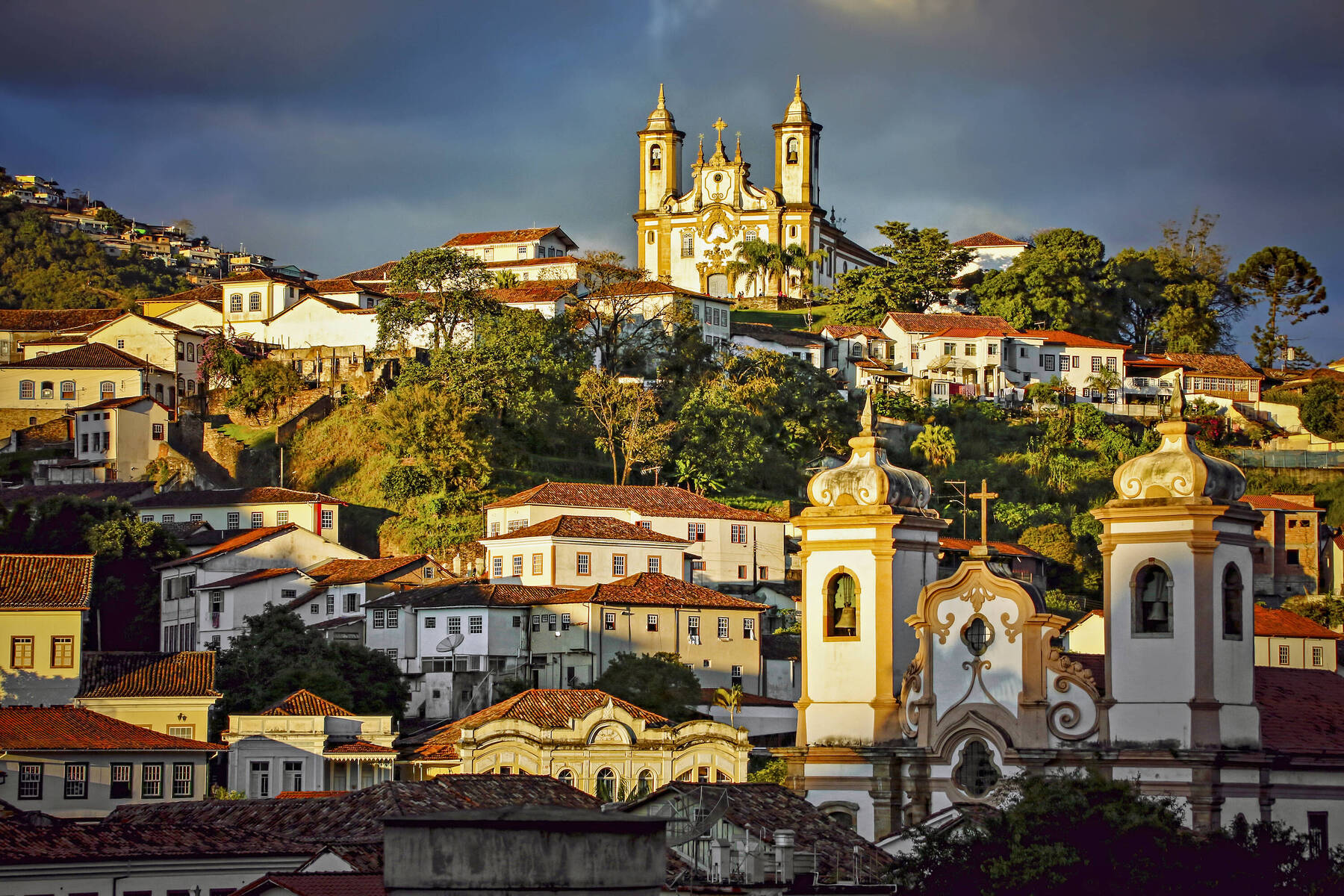How to See the Falls
The Argentinian side of Parque Nacional Iguazú is located nearby the town of Puerto Iguazú, the international airport being Andresito Airport. The Brazilian side of the park is close to Foz do Igauçu, serviced by Cataratas International Airport.
Public transport is available from each town to the corresponding country’s park entrance.
To visit both sides of the falls involves at least one border crossing. Visitors could base themselves on either the Argentinian or Brazilian side and day trip to the other side crossing the border and returning later the same day, or visit one side and then move on to the other. Border crossings can take several hours, depending on how busy they are.
Hotels are situated within the park with Gran Melia Iguazú, on the Argentinian side and on the Brazilian, Belmond Hotel das Cataratas. Staying within the park allows visitors longer to experience all that’s on offer with many rooms offering views of the falls.There is a charge to enter either side of the park, with extra costs for optional tours. Restaurants are available.















Comments